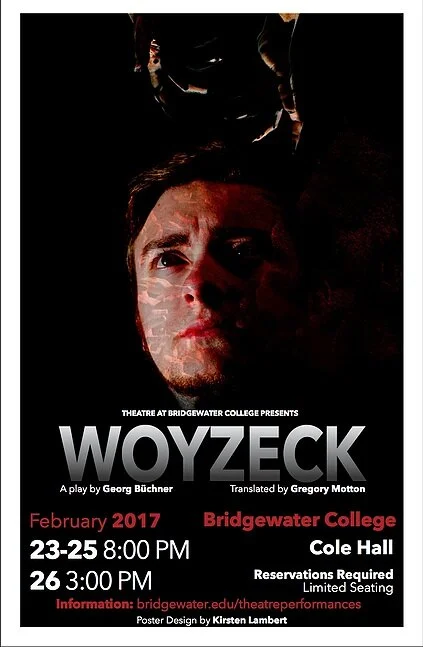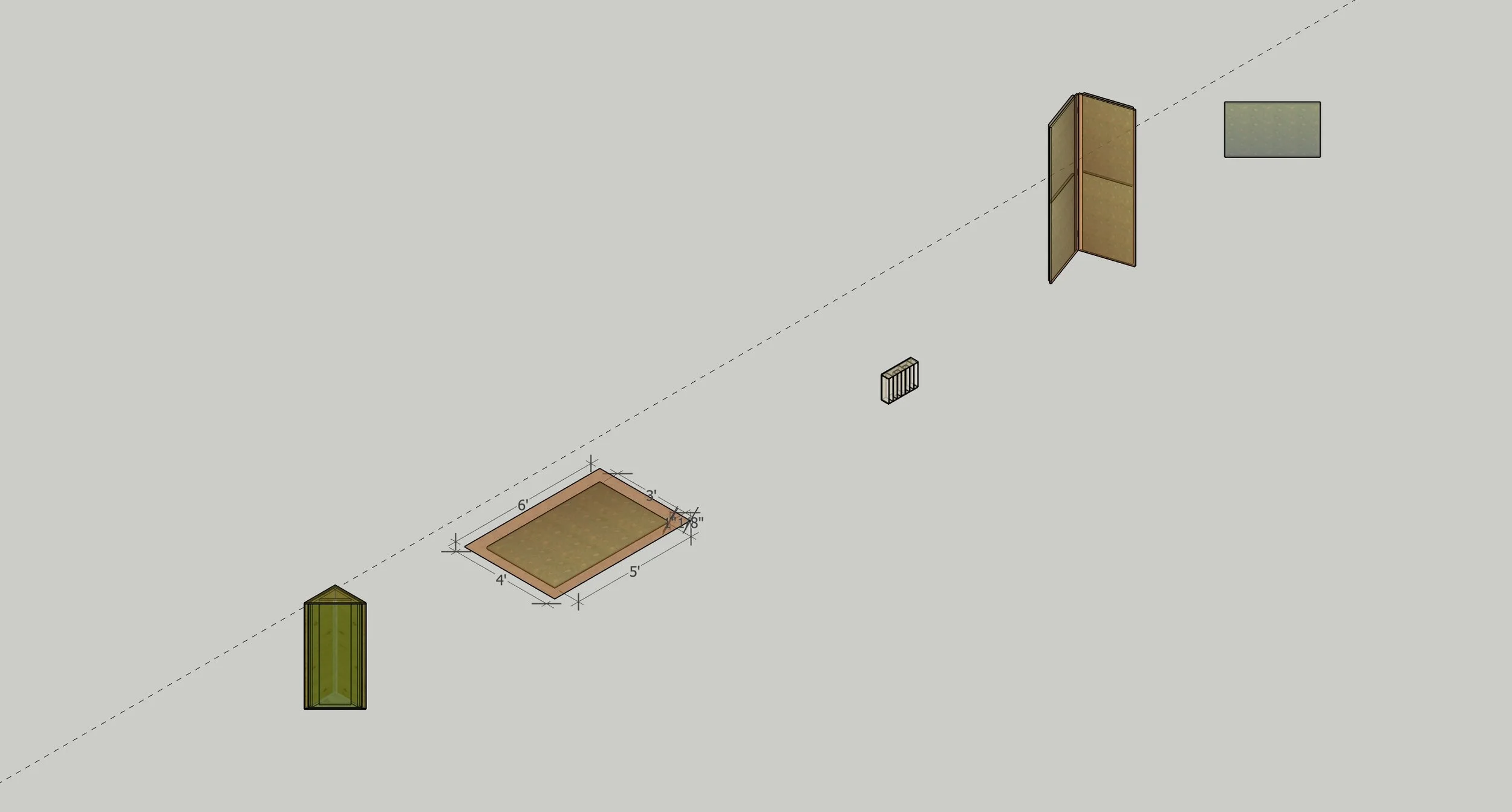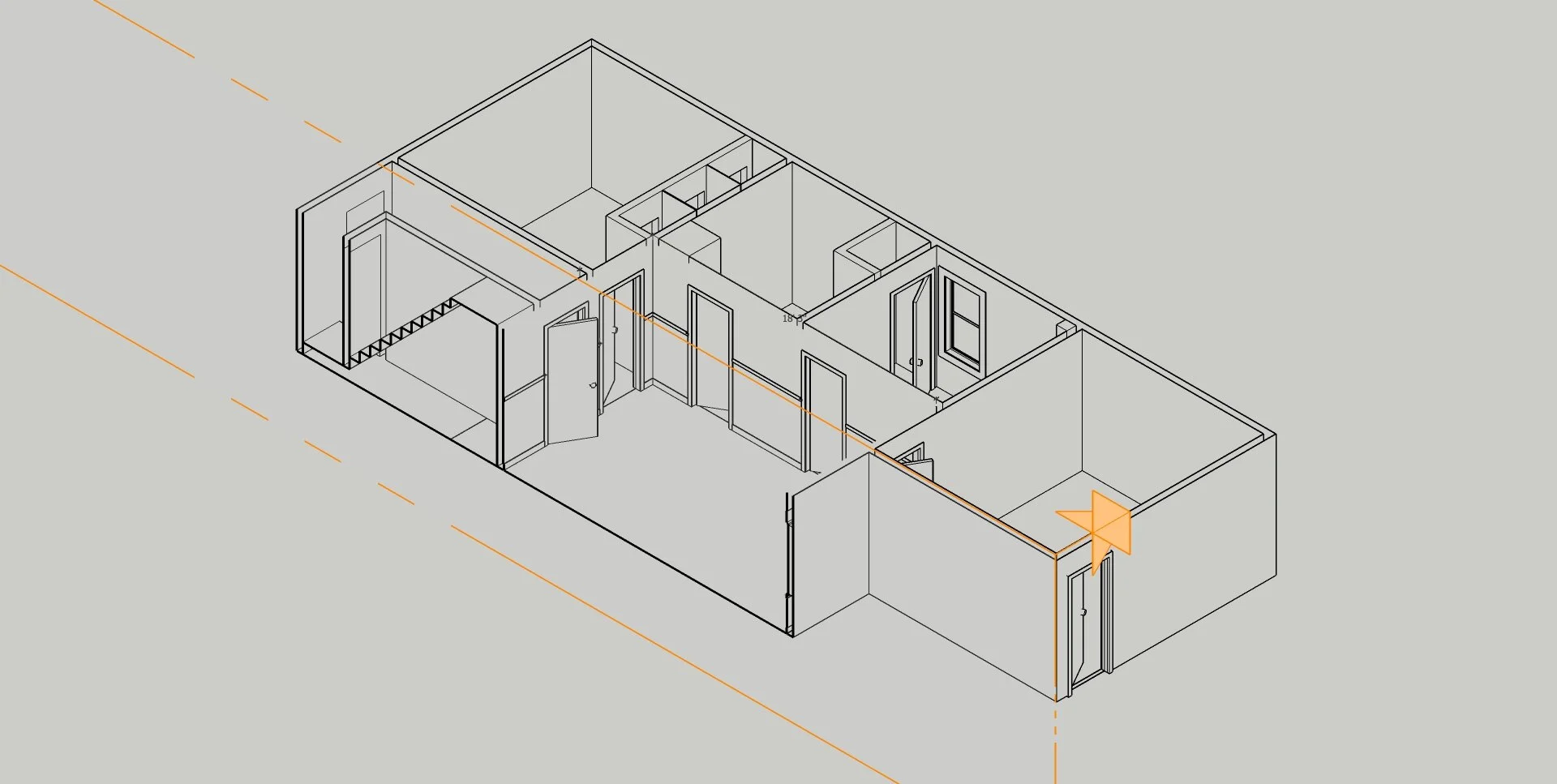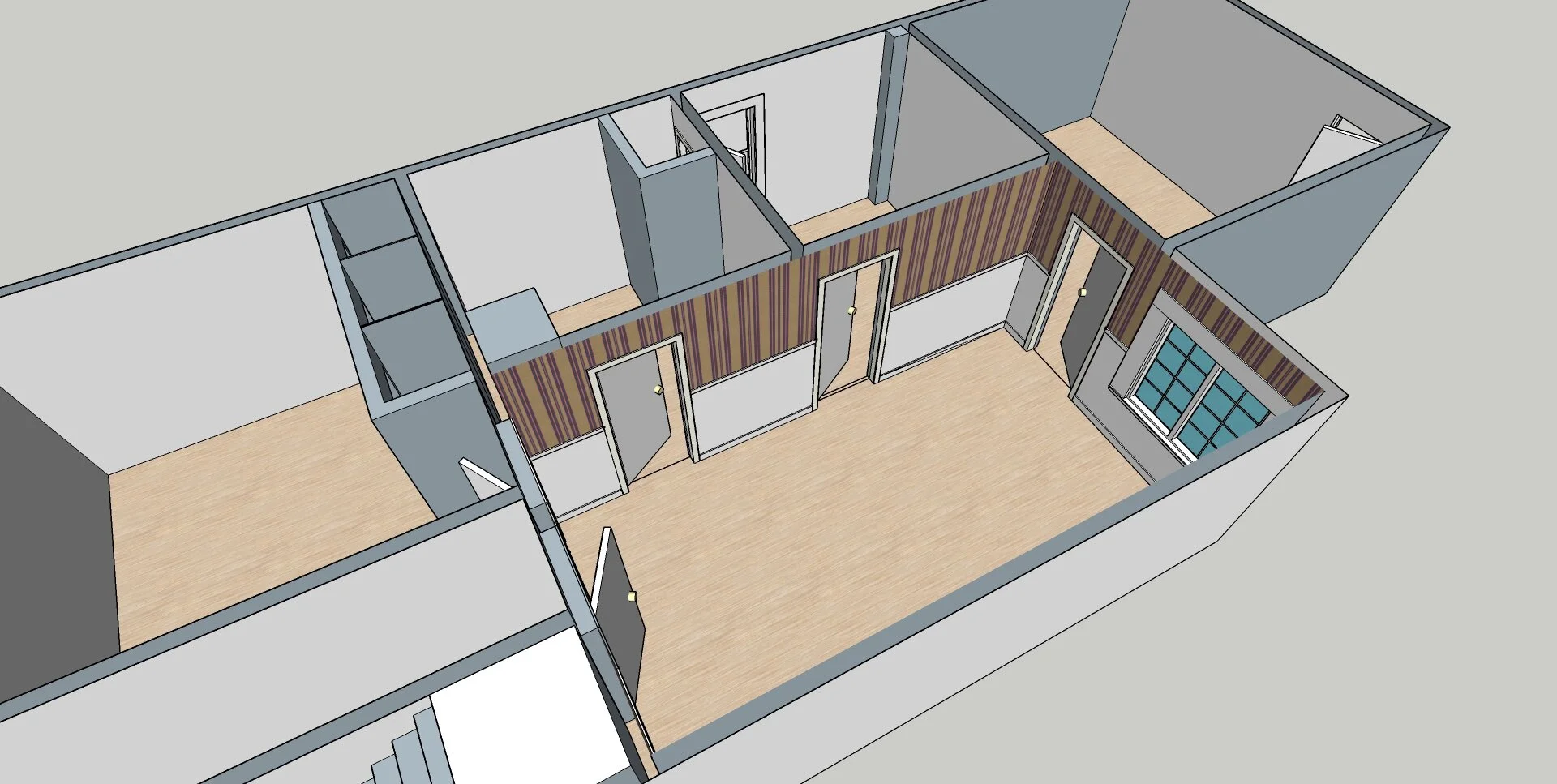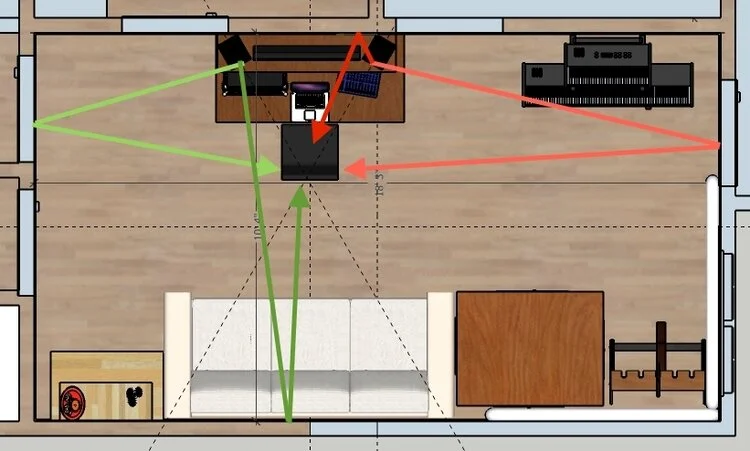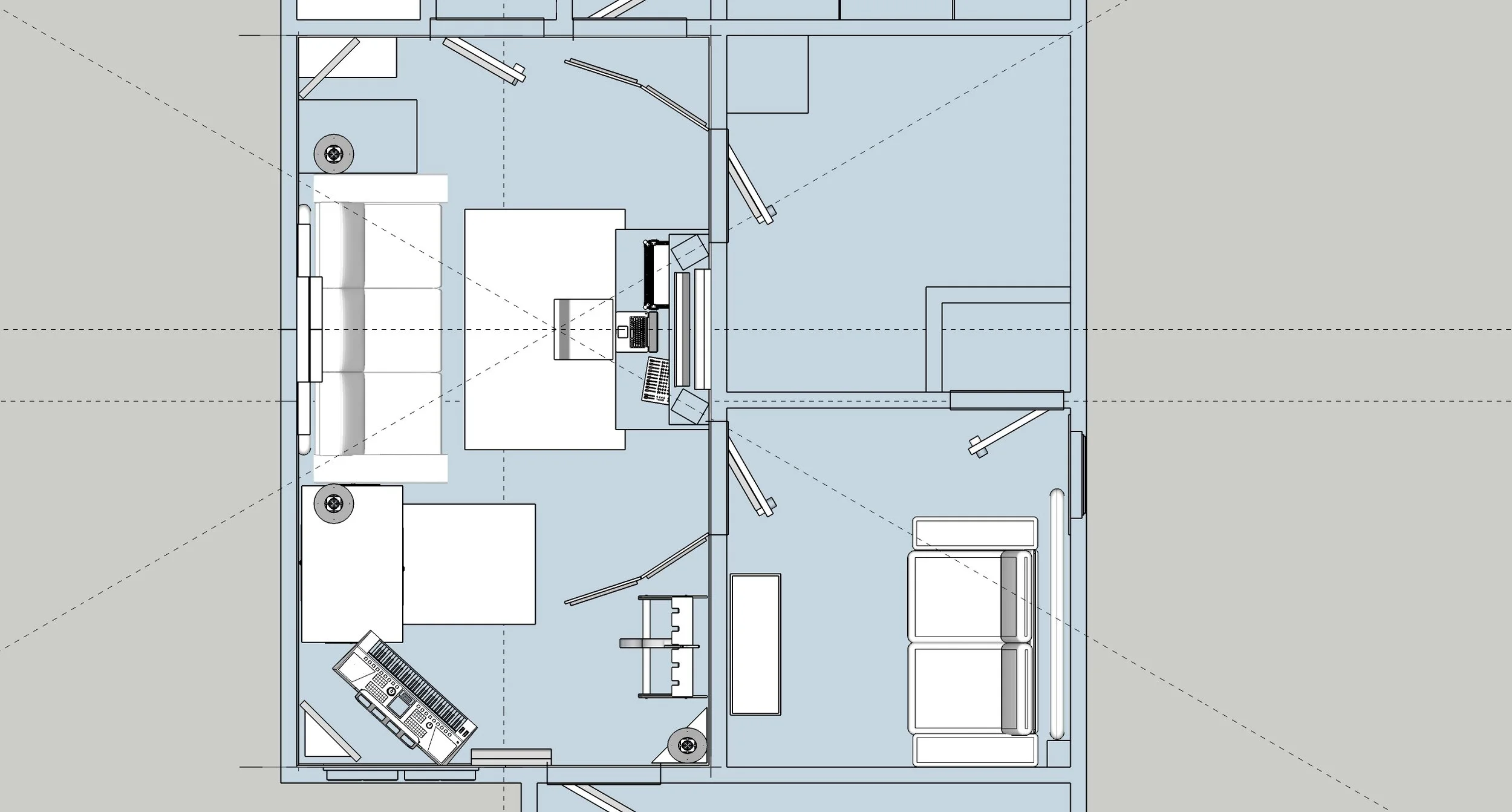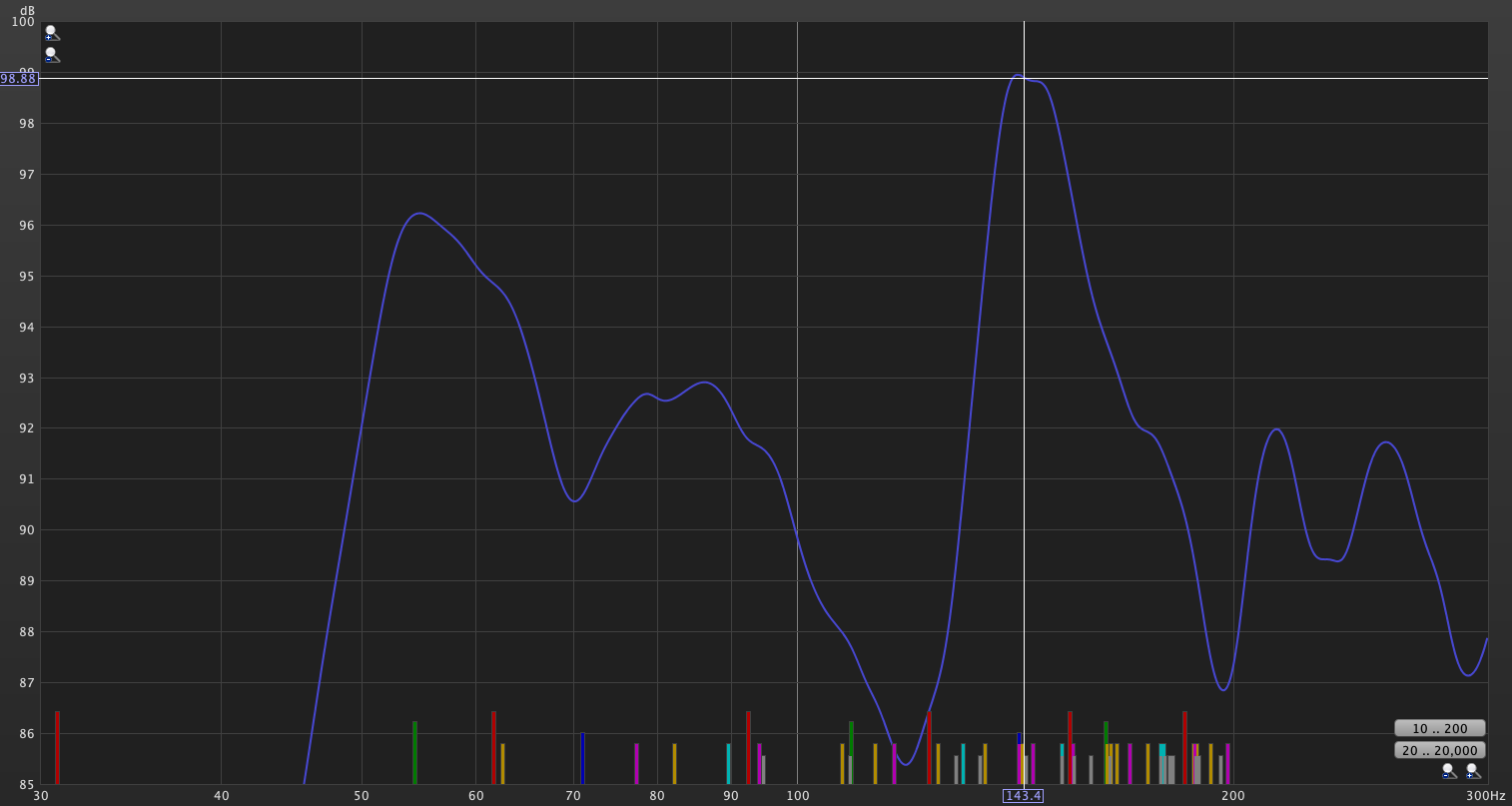While I only am able to update this occasionally, this page serves as a portfolio of some of my work. Please contact or follow me on Instagram @ethan.eldred to learn about recent projects!
Projections Design:
Become/Disintegrate, a site-specific work choreographed by Alison D. Smith
Triple Duty: Sound Design, Live original music, Projections Design
Somewhere Out There, a devised dance directed by Yolande Snaith
Sound Design and Composition
Theatre Paperwork/Documentation
Acoustics and Design
Video / Projections DesigN :
Become/Disintegrate, a site-specific work choreographed by Alison D. Smith,
for UCSD FALLWORKS 2022: Outside In.
Sound and Projections Design,
with Assistant Sound and Projections Designer Padra Crisafulli
Lighting Design: Damien Coates, Costumes and Scenic Devising by the Company.
Promo Reel:
TRIPLE DUTY: SOUND, MUSIC, VIDEO
Somewhere Out There, a devised dance directed by Yolande Snaith, for UCSD WinterWORKS 2022.
Original Sound Design, Projection Design (with content contributions from the choreographer),
and Cello Improvisation/Performance.
Scenic Design by Tess Jordahl. Lighting Design by Elba Emicente (@elbaudio).
Costumes by the Choreographer and Company.
Video Excerpt:
Excerpt From Somewhere Out There
SOUND DESIGN AND COMPOSITION
Fifty Boxes of Earth by Ankita Raturi at UCSD’s Wagner New Play Festival, Spring 2022. Excerpt: “No Small Power”
The Love Song of J. Robert Oppenheimer at Bridgewater College, Fall 2017
The Love Song of J. Robert Oppenheimer: An intimate, sepia-tone look at the man who birthed the Bomb and had it taken away from him, his love and his loss, paralleled at home in the women he loved. Lilith, the ghost of man's violence throughout history haunts him even as he tries to put a stop to it. Too late, he realizes the thing he's created is far beyond his control. The guilt he feels will never have any outlet in the world he left teetering on the edge of oblivion.
The abridged collection above is representative of over a hundred cues, nearly continuous underscoring and FX from the 90-minute work. Like many of my sound designs, this score started with a single theme, “Jean’s Waltz”, below, sweet and tragic, inspired by Jean, Oppenheimer’s elicit love interest and muse in the story. This theme would be inverted and morphed to represent his jazz-loving wife, Kitty. Lilith called for older music that has stood through history, in this case quotations from Bach’s Cello Suite in D-minor, reimagined on guitar. She also wore a mic to treat her voice, placing her on an ethereal plane, mirroring the movement decision where she never touched the ground. The Bach also served to bridge us to the classical music Oppenheimer loved and to the real moment from history when the countdown to the first nuclear test was cut in on by a broadcast of Tchaikovsky’s Nutcracker Suite. All the themes are transformed and weaved together in ways that emphasize the rippling impacts of Oppenheimer’s actions.
I was also responsible for the rear-projection design seen in the image gallery above, taken from historical footage of Oppenheimer.
Woyzeck at Bridgewater College, Spring 2017
*Content Warning: Violence and Mental Illness*
Woyzeck is the story of a 19th century German foot-soldier who loses his grip on reality as he earns a living by being experimented on by a doctor, and possibly as a carnival freak, though it's hard to tell, as the story is from his deranged perspective. The production explored our tenuous grip on the world around us. Did you hear that? Must have been in my head. Or I remembered it? Or it was a premonition? Or a ghost? Woyzeck eventually succumbs to the ghosts of his mind, seeking an end at the only way he can imagine: killing his love, the mother of his(?) child.
This Suite is an arrangement in four movements of excerpts from my score and sound design from Woyzeck, staged at Bridgewater College in Spring 2017. The score was generated almost entirely from recordings of the play text, superimposed on the performance, and no electronic or acoustic music instruments. The playwright, Büchner, never finished Woyzeck, and existing source material disagrees on the order of the scenes. Director Scott Cole had the idea of building from this ambiguity, the actors playing scenes in one possible order, while the “ghosts” torment Woyzeck in another order, creating layers of internal echoes. Besides voices, the score also includes tones created from manipulated recordings of the "noise-floor" of the stage and a few sampled songs from the creative commons. The show was staged in the round, with speakers surrounding the audience from each corner, placing them, in a way, inside Woyzeck's head.
The 39 Steps at Eastern Mennonite University, a KCACTF Region 2 Invited Production, 2017/18
The central concept of our production of The 39 Steps was “nostalgic cinema hijinks.” The Patrick Barlow script is a love-letter to the golden age of cinema and Alfred Hitchcock’s work in particular. Under the direction of Dr. Justin Poole, we took the idea and ran with it, imagined a play-within-a-play world with a troupe of ne’er-do-well film lovers. The pre-show routine establishes the scene with each player entering in turn and discovering their playground, an empty warehouse space (Set and lighting design by Phil Grayson and David Vogel).
My favorite of those players was a character we originated, The Foley Artist, played in the first run by EMU student Esther Ajayi, and by myself in the KCACTF re-staging and tour.
I had the joy of gathering a collection of noisy garbage for the Foley Artist, the player responsible for bringing auditory life to the troupe’s hijinks, along with composer/pianist Jim Clemens. Balloons became gunshots, sandpaper became train tracks, a can of putty and some empty shopping bags became a swamp, and handcuffs were… well… handcuffs. A personal favorite, an inverted bicycle, carefully close-miked, became an airplane engine.
The Foley was also a noted troublemaker and attention-lover, needling the other players with well-curated silliness and “malfunctions”.
My responsibilities as The Foley were in addition to my typical job as the sound designer, including a full mic plot and reinforcement for the piano and foley instruments, tuning the sound systems used, and training the student sound engineers.
JB at Messiah College, KCACTF Certificate of Merit and Regional Sound Design Award honors, 2013/14
In Archibald MacLeish’s Pulitzer-winner JB, a humanist reframing of the Book of Job, two circus clowns take on the roles of God and Satan toy with JB, a successful family man, tearing his world apart, and the man reflects from the ashes of his anger. The piece is often seen as representative of the trauma left in the wake of the second World War. In our interpretation, God and Satan are the ringleaders of a dark celestial carnival, riding the waves of the cosmos, outside of time and space, and JB is their plaything. The only mic reinforcement in the show was cleverly hidden in a mask, to supernaturally enhance the booming voice of God when the clown assumes the role, startling even himself.
I composed the musical themes, building from one central sketch, the “Family Song,” representing JB’s idyllic family life that he lost:
The darker, dirtier, jazzier, and more atonal the themes get, the farther he is from the hope of his old life, and the closer to the final cruelty of its replacement. The music was performed by Messiah College students, and I engineered the recording in Messiah’s studio:
One fun research-based tidbit is the use of “The Stars and Stripes Forever.” The Sousa tune has historically been used worldwide in the circus as “the disaster march,” a way to let the circus crew know that something is seriously wrong (i.e. lion on the loose or fire) without alarming the patrons:
Paperwork and Documentation
Click to view and download a PDF of each document below:
Vectorworks Drawing and System Documentation: This is paperwork from UCSD’s 2022 Wagner New Play Festival. This system was my design for my TWO shows in rep in the Shank blackbox theatre: Fifty Boxes of Earth by Ankita Raturi and Limp Wrist on the Lever by Preston Choi.
Site and Systems plans for UCSD’s FallWORKS ‘22: Outside In, an evening of site-specific work in three parts.
A collection of musical scores: These are original compositions, mostly from shows, including JB and Journey to the West. They range in complexity from simple melodies to full choir.
Sound cue sheet: The Love Song of J. Robert Oppenheimer. This is my way of planning and tracking my progress on a QLab-driven design, as well as communicating my cueing plan to stage managers before tech. I document not only the cues will be called, but often also the components that auto-follow within. This makes updating how cues are sequenced a breeze.
Signal flow documentation for Creditors in the Elaine Bernstein Theater at Shakespeare and Company
Acoustics and Design
All of my work in sound design, and particularly in making every system and room sound the best it can, is backed up by an ever-growing curiosity on the science of sound, from how waves propagate in air, to how our brains and bodies process the signals we receive. This led me in 2020-21 to complete a graduate certificate from Berklee College of Music, focusing on these questions, and how they apply to music. I bring this learning and ongoing reading and research today to all my design work as well as my teaching.
The images below are excerpted from my report and proposal for the acoustic treatment of my own home-studio project in my apartment. The design includes an original modular, portable system for creating a membrane-absorber bass trap and folding reflection panels.
I did execute parts of this design before 2020 rearranged our plans and we, accordingly, rearranged our Massachusetts apartment. The studio space I ended up improvising in that space was in what was the bedroom on these drawings (pictures of my new home studio in CA to follow!). It drew on many of the same design concepts. This report was compiled as the final project for my Berklee College of Music online class Architectural, Acoustic, and Audio System Design for the Modern Music Production Studio with Professor John Storyk (of Walters-Storyk Design Group, designers of studios for clients from A to Jay-Z).




